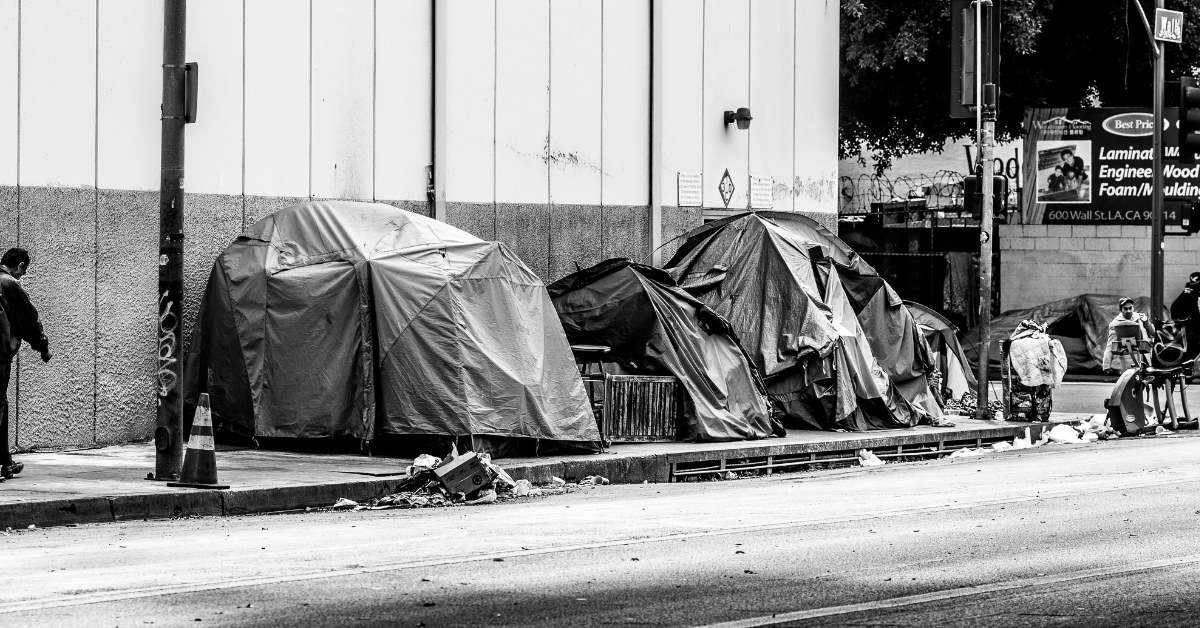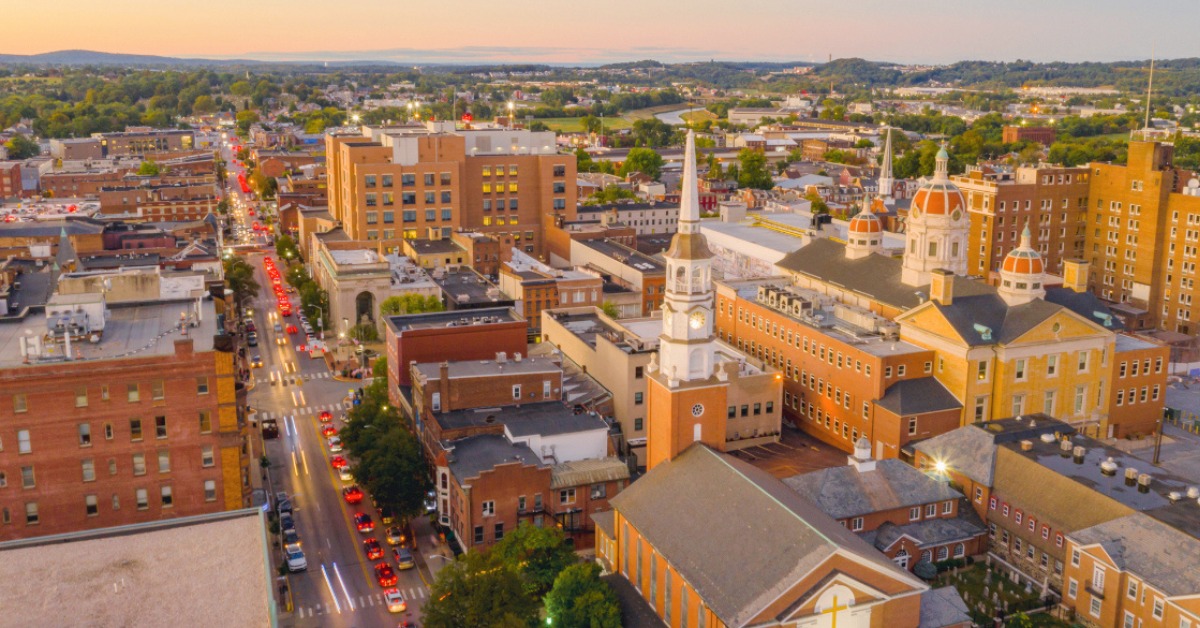In observations of local neighborhoods and community conversations, one word kept coming up–trash. Trash in neighbors’ backyards. Trash lining the sidewalks and in the road. Trash littering parks and grass. There are very few social problems that have simple solutions, although this one seemed straightforward. Someone needs to pick up the trash.
At the beginning of December, a group of York College of Pennsylvania students participated in a city clean up around Lincoln Charter School. The clean up was organized as a part of the York College Urban Collaborative research initiatives focused on healthy neighborhoods. The way one’s neighborhood looks, including the presence of litter, can negatively impact residents’ physical and mental health.
A lack of green spaces is a symptom of the greater environmental injustices people marginalized by their race, gender, and income face.
Litter can cause respiratory and other physical illnesses, but it mostly impacts behavioral health according to Theresa Soya, research coordinator at the Penn Injury Science Center, in a 2019 ABC News interview. Her and her team study the impact litter has on communities.
“We see a rise in crime in areas that are highly litter inundated. Also, the effects on mental health and mental health disorders. Increased levels of stress, a lack of social cohesion in a neighborhood, a lack of pride in a neighborhood, feelings of depression and then of course, fear of crime as well,” says Soya.
Soya finds that when trash is picked up, there is an improved sense of community and better health outcomes for residents.
“If the neighborhood is clean and there is a lack of litter, it brings out positive mental health effects. People are more likely to be outside, neighbors are able to spend time on their porch, on their steps and they are likely to spend more time engaging.”
This kind of community interaction is necessary for people’s long term emotional and physical wellbeing. Having places in a neighborhood where people can exercise, relax, and socialize is all around very good for community health. Research has even found that spending time outside in these ways can decrease the likelihood of premature death and various health conditions.
Typical community improvement projects intended to reach this goal, such as building new parks and green spaces, can displace residents because of the increase in property values, a concept referred to as environmental gentrification. Projects are also often led by people who do not live in the target neighborhood, such as government employees or private developers, which can compromise local culture.
The emerging environmental justice term, just green enough spaces, is one method used to increase the quality of living in neighborhoods whose infrastructure suffers from a lack of public investment. This strategy defines environmental goals by the express needs of residents affected by a lack of green space, avoids additional developments that increase housing costs, and keeps locals in place.
A lack of green spaces is a symptom of the greater environmental injustices people marginalized by their race, gender, and income face. All people, without exception, inherently deserve to live in a healthy neighborhood that supports their emotional, physical, and social needs. Any opinion stating otherwise is a product of and contribution to violent systems of oppression that devalue human life. In other words, just green enough is not good enough for what all people deserve, which includes unfettered access to the stimulating and nourishing amenities found in high- and middle- income neighborhoods.
People deserve to live in neighborhoods that they enjoy living in. Environmental justice recognizes people’s right to work, live, and play in a clean environment. If you are interested in organizing your own community clean up, here are some tips from the New York League of Conservation Voters on how to have a successful event. To stay updated on any clean ups organized by the York College Center for Community Engagement (CCE), follow and check in on the CCE Facebook page.




